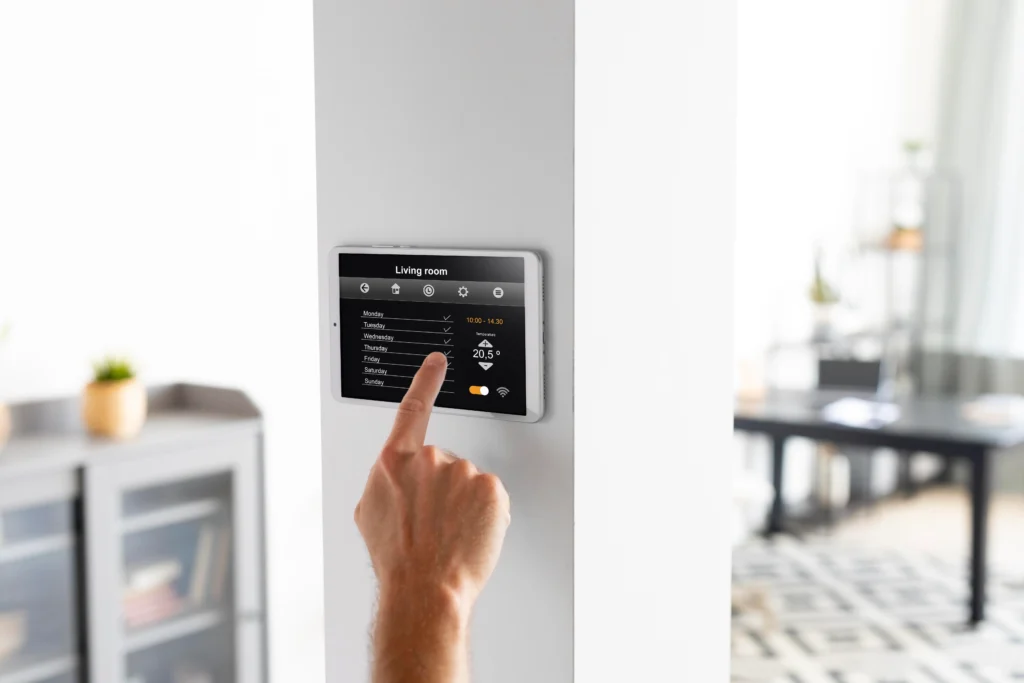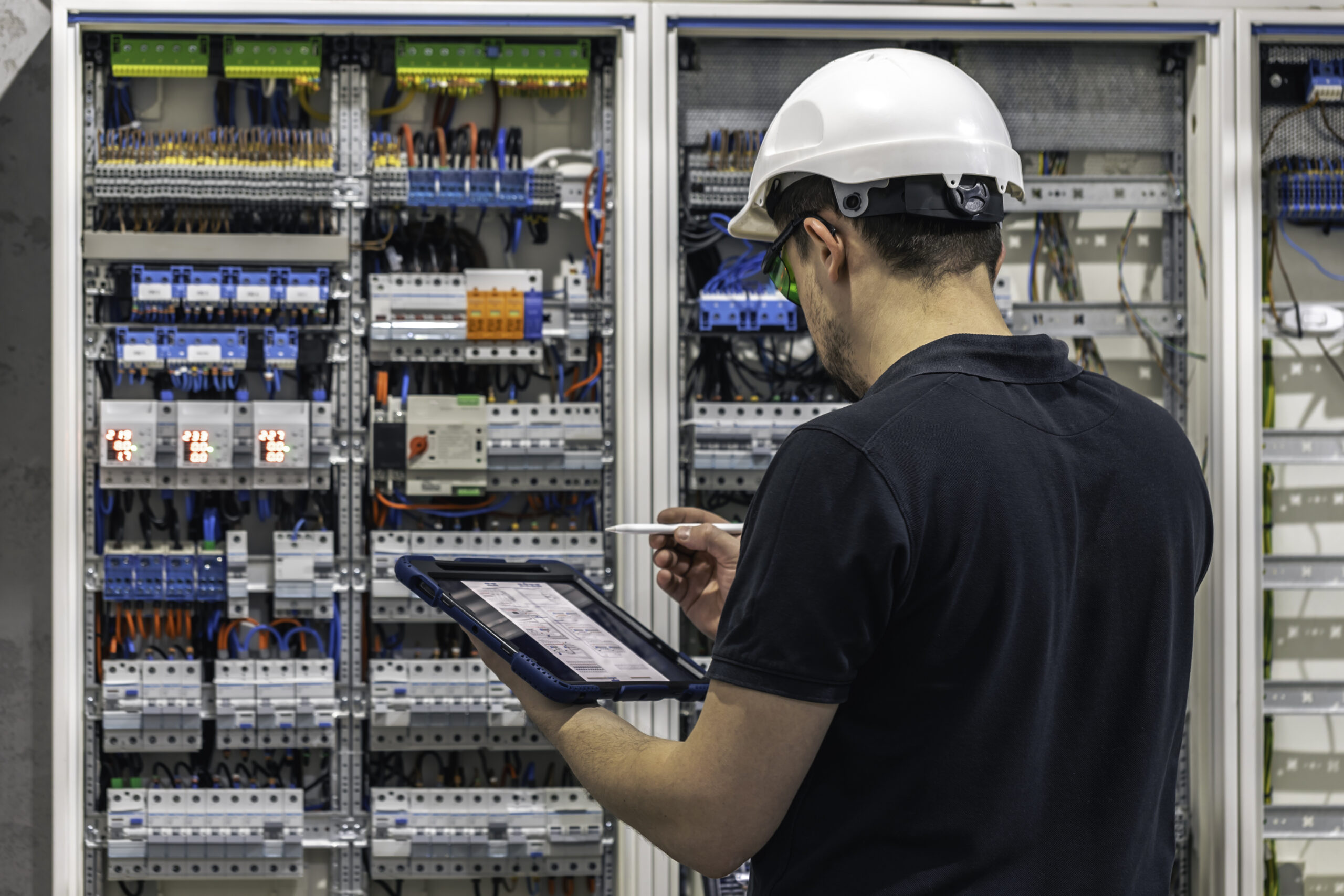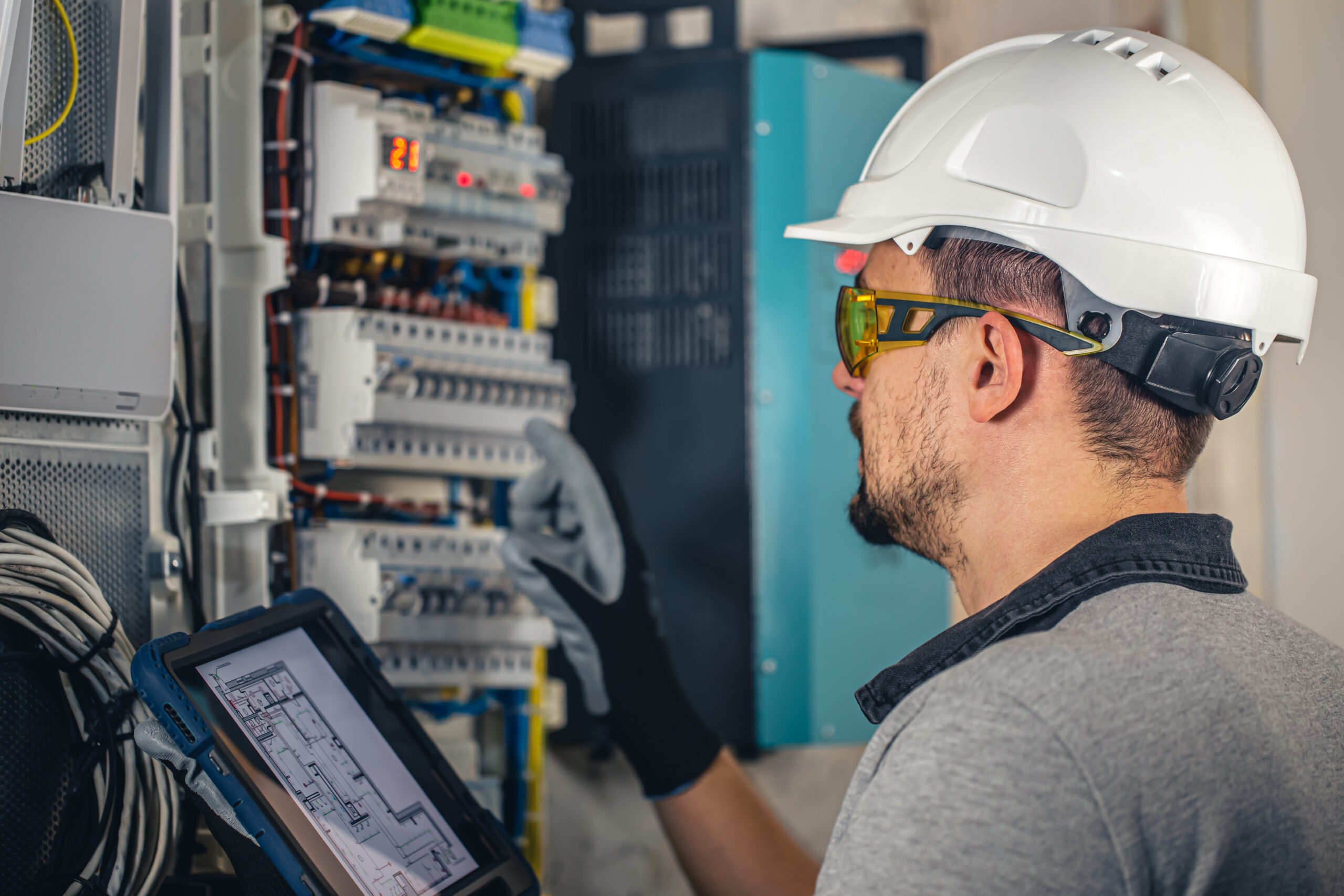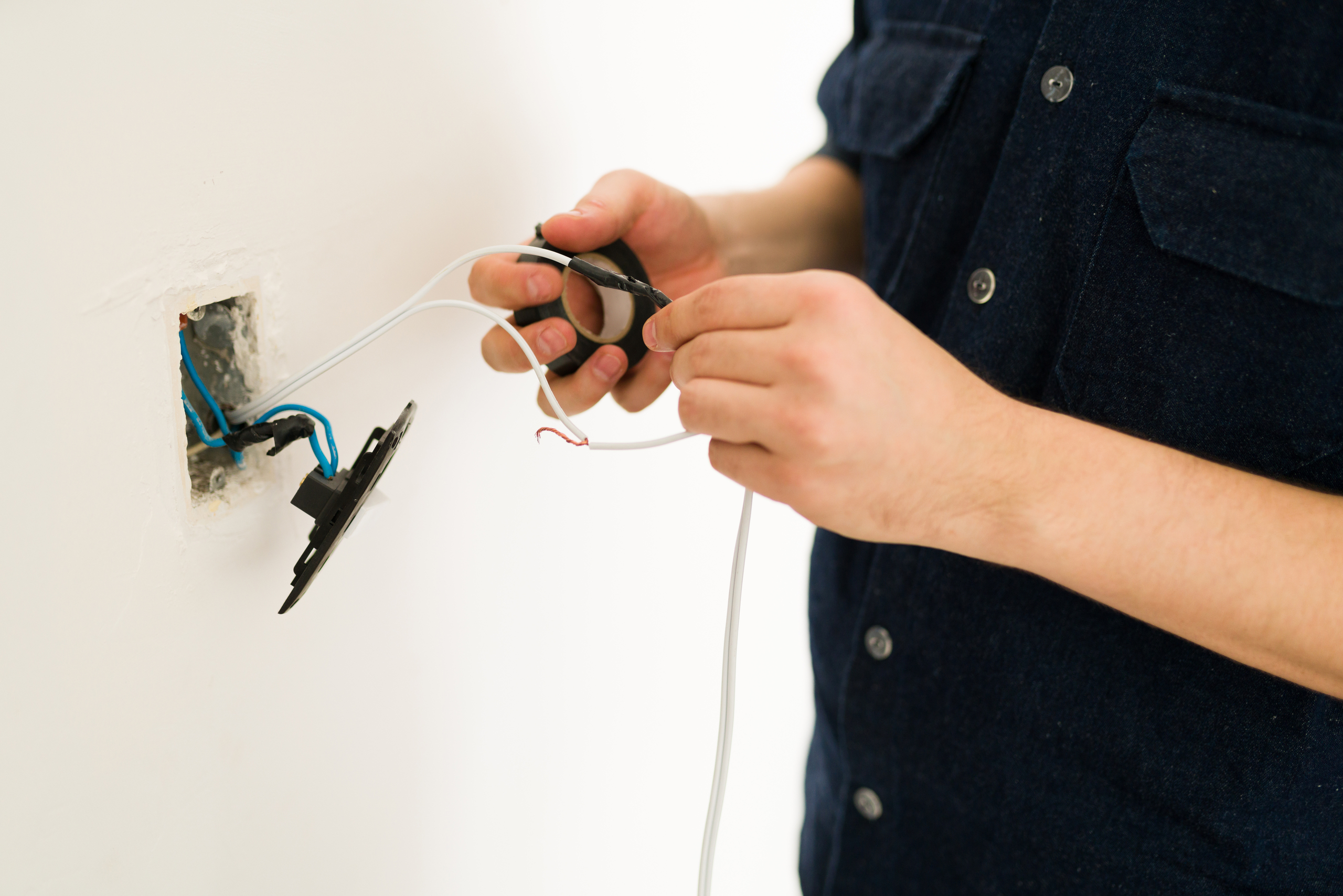Considering an air conditioner installation for your home this summer in 2024? Whether you’re replacing an old unit or adding AC to a previously uncooled space, optimising energy efficiency should be a top priority in New Zealand, even before beginning the air conditioner installation process.
After all, an energy-efficient air conditioner not only keeps your home comfortable but also helps you save on utility. Right from choosing the location for your unit to sealing any leaks in your home, there are several steps you need to take to maximise energy efficiency and minimise costs. In this blog, we’ll guide how New Zealanders can prepare their homes for air conditioner installation while focusing on energy efficiency.
Importance of Energy Efficiency
By opting for an energy-efficient air conditioner installation, you can:
- Reduce your utility bills, resulting in cost savings.
- Extend the overall lifespan of your air conditioner.
- Minimise your carbon footprint, gifting a healthier planet for future generations.
- Expect better performance and improved indoor air quality compared to its less efficient counterparts.
- Make use of its advanced features such as programmable thermostats and smartphone connectivity, giving you greater control over your home’s climate.
Assessing Your Home’s Needs
Before purchasing a new air conditioner, it is recommended to take the time to assess your home’s cooling requirements thoroughly. Factors such as square footage, ceiling height, insulation levels, and sun exposure all play a crucial role in determining the size and type of unit that will best suit your needs.
- Square footage should be your primary concern as it directly affects the amount of space that needs to be cooled. Larger homes may require more powerful air conditioners to maintain comfortable temperatures efficiently.
- Ceiling height influences air circulation and distribution throughout your home. If you’ve higher ceilings, you might need an air conditioner installation with higher cooling capacity to effectively cool the space.
- Proper insulation levels aid in keeping cool air inside your home and blocking heat from the outside. If your home is well-insulated, you may require less cooling power, resulting in lower energy needs and reduced utility costs.
- Sun exposure can have a notable effect on indoor temperatures, especially in rooms with large windows or direct sunlight exposure. To tackle this issue, you may require more cooling power to counteract the heat gain from sunlight.
Now that you know which factors to keep in mind, it’ll help you to easily choose the optimal size and type of air conditioner for your home. Choosing the right size air conditioner ensures efficient cooling performance and energy savings.
Choosing the Right Size and Type of Air Conditioner
After evaluating your home’s needs independently, it’s time to seek guidance from a qualified HVAC technician in New Zealand. These professionals conduct comprehensive assessments to recommend the ideal air conditioner based on your cooling requirements. Consulting with experts ensures proper air conditioner installation, maintenance, and optimisation of your cooling system’s performance and longevity.
For New Zealand homes, two main types of air conditioning are highly recommended.
- Ducted Air Conditioning offers precise heating and cooling by channelling air directly to every room in your home. It ensures consistent comfort regardless of your location in New Zealand, boasting discreet, quiet, and user-friendly operation.
- High-wall Heat Pumps are also well-suited for New Zealand’s climate. These wall-mounted units efficiently deliver warm or cool air to your space, ensuring year-round comfort with minimal noise and hassle.
Choosing the right size and type of air conditioner installation can result in substantial energy savings and long-term comfort.
Finding the Perfect Location
After choosing the right air conditioner, it is crucial to find the perfect spot in your house for its installation. Air conditioner installation requires a shady spot away from direct sunlight, especially to reduce the workload on the compressor.
Additionally, when selecting the location for air conditioner installation, consider the proximity to indoor and outdoor living spaces. On top, it is crucial to ensure that there is adequate airflow around the unit to facilitate proper operation.
Consider adhering to New Zealand’s government regulations for air conditioner installation, including guidelines on outdoor unit positioning and noise levels, ensuring compliance and neighborly harmony.
Proper Insulation

Before your new air conditioner installation, it is crucial to ensure adequate insulation. Start by insulating walls, floors, and ceilings as needed, with special consideration given to areas prone to air leaks like windows, doors, and attic access points. Various types of insulation are available, including fiberglass batts, foam boards, or blown-in cellulose insulation.
Proper insulation enhances the retention of cool air indoors and blocks the intrusion of hot air from outdoors, leading to improved energy efficiency and reduced energy consumption. Good insulation is essential for maintaining energy efficiency and preventing cool air from escaping your home.
Sealing Leaks and Ductwork
Along with proper insulation, it is equally important to consider evaluating leaks and ductwork. Seal any gaps or cracks in your ductwork, and consider insulating ducts located in unconditioned areas such as attics or crawl spaces.
It is advisable to conduct professional duct testing to assess the integrity of your home’s ductwork. Identifying and sealing any potential leaks in the ducts is crucial to prevent air leaks and maintain efficient airflow. By ensuring the proper testing and sealing of ducts, you can optimise the performance of your new air conditioning system and achieve significant energy savings.
Proper Ventilation
Ensuring your home has good ventilation is key, especially considering New Zealand’s varying weather. It helps maintain fresh indoor air and prevents the development of any nasty mold and mildew, which can be common in our damp climate.
Additionally, think about adding exhaust fans, particularly in areas like bathrooms and kitchens, where humidity tends to hang around. These extra touches can significantly improve airflow, making your home feel even more comfortable and cozy amidst New Zealand’s changing conditions!
Upgrading Thermostat Technology

Investing in a programmable thermostat allows you to set temperature schedules based on your daily routine. Smart thermostats can be programmed to avoid excessive cooling, saving up to 15% on cooling costs annually.
The remote-control feature functionally prevents unnecessary energy consumption by adjusting temperature settings when you’re not at home. Additionally, this feature controls individual zones via phone or tablet, enhancing both comfort level and energy usage.
Making use of energy-efficient settings
With its fluctuating weather patterns, New Zealand experiences varying temperatures throughout the year. Here are a few solutions to optimise your air conditioner’s settings for maximum efficiency:
- Raise the temperature by a few degrees, as each degree increase can potentially save around 3-5% in energy usage.
- It’s advisable to refrain from lowering the temperature, as doing so may result in a 10% increase in energy consumption.
- Additionally, make use of the ‘Eco Mode’ feature on your air conditioner, which operates the AC compressor at a slower pace, effectively reducing energy consumption.
By implementing these energy-saving practices and staying mindful of your air conditioner’s settings, you can not only reduce energy consumption but also help extend the lifespan of your air conditioning unit, even in New Zealand’s unique climate conditions.
Maximising Energy Efficiency After Air Conditioner Installation

Now that you’re considering installing a new air conditioner, it is crucial to understand how you can maximise energy efficiency after your air conditioner installation. Here are some essential tips to ensure your cooling system operates efficiently:
- Regular Maintenance: Schedule regular maintenance checks for your air conditioner to ensure it operates at peak efficiency. This involves cleaning or replacing air filters, inspecting refrigerant levels, and checking for any leaks or damage.
- Optimal Temperature Settings: Set your thermostat to an optimal temperature range, typically between 22-25 degrees Celsius, to balance comfort and energy savings.
- Utilise Programmable Thermostats: Invest in programmable thermostats that allow you to schedule temperature adjustments based on your daily routine. This ensures your air conditioner operates only when needed, reducing energy wastage during times when no one is home.
- Seal Air Leaks: Check your home for air leaks around windows, doors, and ductwork. Seal any gaps or cracks to prevent cool air from escaping and warm air from entering, reducing the workload on your air conditioner, and improving energy efficiency.
- Upgrade to Energy-Efficient Models: Consider upgrading to energy-efficient air conditioners with higher Seasonal Energy Efficiency Ratio (SEER) ratings. These units consume less energy while providing the same level of cooling comfort, resulting in lower energy bills over time.
- Use Fans Wisely: Supplement your air conditioner with ceiling fans or portable fans to help circulate cool air more effectively. This allows you to raise the thermostat temperature slightly without sacrificing comfort, further reducing energy consumption.
- Shade Your Home: Install shades or blinds to block direct sunlight from entering your home, especially during the hottest parts of the day. This reduces the need for your air conditioner to work harder to cool down your space, leading to energy savings.
By implementing these strategies, you can maintain energy efficiency post-air conditioner installation, saving money on utility bills and reducing your environmental impact. Regular maintenance is crucial for long-term cost savings and environmental sustainability.
Conclusion
Prioritising energy efficiency during home preparation for air conditioner installation is paramount for residents in New Zealand. By carefully assessing your home’s needs and consulting with qualified technicians, you can ensure the selection of an appropriately sized type of air conditioner. This proactive approach not only enhances comfort but also leads to significant energy savings and long-term sustainability for your home.
Aotea Electric stands as a reliable partner for all your electrical needs in Ashburton. With our experienced electricians and commitment to safety and satisfaction, we ensure efficient solutions for rural, residential, and commercial projects. Contact us today for an Air Conditioner Installation experience with the excellence of Aotea Electric Ashburton.
Frequently Asked Questions (FAQs)
1. How can I determine the right size air conditioner for my home?
To determine the appropriate size of air conditioner for your home, consider these: square footage, ceiling height, insulation levels, and sun exposure. Consulting with us a professional HVAC technician can help ensure accurate sizing.
2. How often should I replace my air filters?
Air filters should be cleaned or replaced once in every two months, depending on factors such as filter type, usage, and indoor air quality. Clogged filters can restrict airflow and reduce energy efficiency.
3. What are some signs that my air conditioner may need professional attention?
Signs that your air conditioner may need professional attention include reduced cooling performance, strange noises or odours, frequent cycling on and off, and increased energy consumption. If you notice any of these issues, contact us a qualified HVAC technician for assistance.
4. Are programmable thermostats worth the investment?
Yes, programmable thermostats are worth the investment as they are installed with the ability to customise temperature schedules based on your daily routine. By adjusting temperature settings when you’re away from home or asleep, you can save energy and reduce utility costs.
5. How does Aotea Electric Ashburton ensure customer satisfaction?
Aotea Electric Ashburton excels in HVAC services, prioritising customer satisfaction with licensed, insured, and certified expertise. Responsive, professional, and competitively priced, they’re a reliable choice for all HVAC needs.





